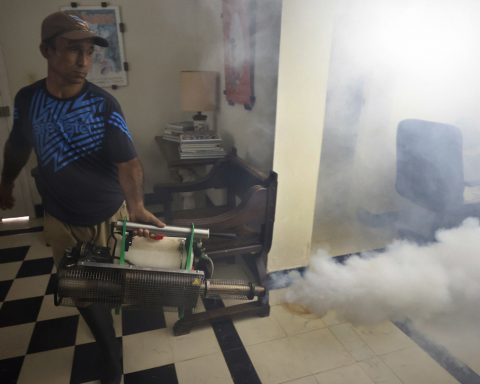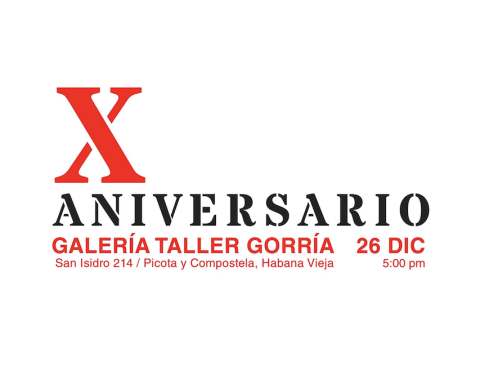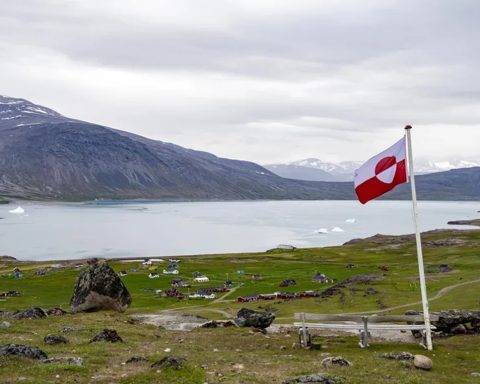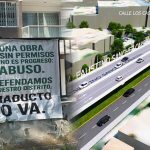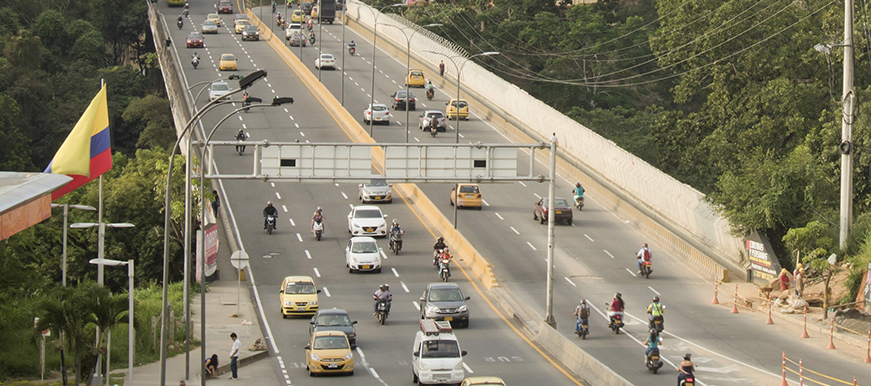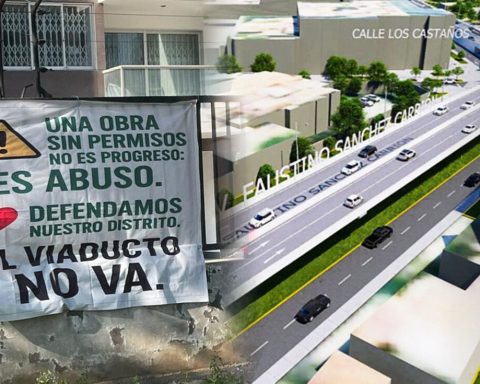In March 2021, the Xinhua agency published a special report about the construction of an airplane by Adolfo Rivera, in Havana. The mechanical engineer had spent seven years in his garage engaged in achieving this project.
It is part of a tradition, as other Cubans have undertaken similar undertakings for more than a century.
Among those who were ahead of their time is the agronomist, journalist, professor and poet Arturo Comas Pons, who in a letter addressed to José Martí on May 23, 1893, proposed that he manufacture an aerial velocipede as a weapon of war. He said in the letter: “I don’t think the advantages that the aerial velocipede can bring us will escape your perspicacity, since with half a dozen of them you can drop a rain of bombs on a camp without being seen in the middle of the night” .
Born in Bejucal in 1865, he had consulted studies on aeronautics by Sir George Caley and other authors. Let us remember that aviation did not yet exist and, in secret, “he designed and created a small-scale monoplane weighing 28 ounces. The frame was made of güines and paper; cedar blades and the engine had a reinforced clock machine. The test that took place in his house far exceeded his expectations. When activating the mechanism, the equipment took an unexpected height, to the point that it hit the ceiling. That was the first step towards the supreme objective”, says EcuRed.
Since the money was barely enough to buy bullets and rifles, he could not receive help from the Revolutionary Junta. He even tried to personally collect money in the United States, but he did not succeed either.

looking for a sponsor
During the first decades of the century XX there was a speed race between the most developed countries to manufacture their airplanes. The era of airships would soon be over. It was a big league game, since a lot of money, parts, technological advances and qualified personnel were needed. Imagine that the Americans Wilbur and Orville Wright, creators of the first airplane in 1903, sold them for 25,000 francs.
The Brazilian Alberto Santos Dumont, based in Paris, produced a similar machine as a result of his intelligence in 1906. Three years later the first attempts to build a Creole airplane began in Cuba due to the initiative of Messrs. Deulofeu and Guillermo Díaz Castillo, with resources own in the Palatino Factory, ceded by its owner for these purposes.
They weren’t the only ones. In the month of August 1909, the Camagüey engineer Vicente Pérez Pérez, asked the Ministry of Public Works for a credit of 1700 pesos for the construction of an airplane, attached the plans and an explanatory report with the request, according to the magazine Cuba in Europe.
Esteban García Rodríguez also presented another proposal. The Government ordered the Director of Public Works and the chief engineer of Faros to study the project and give the verdict.
He Navy Journal, the 1st of September, warned:
“As the matter has been pending for months and it would be convenient to know as soon as possible a reality that could attract the admiration of our neighbors to the North, we draw attention to them, due to the natural impatience of those who know about Mr. Rodríguez’s project.”
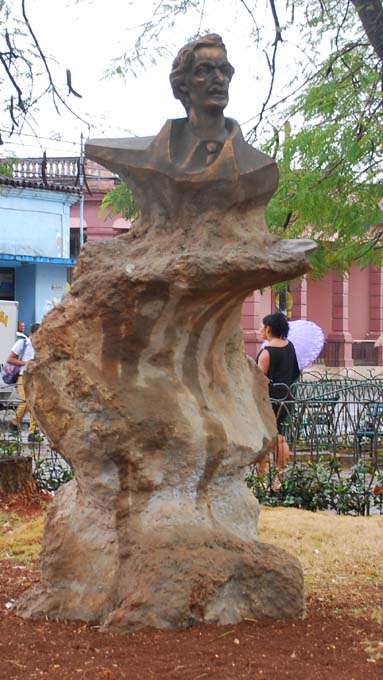
the first ship
In December Deolufeu and Díaz Castillo finished assembling their airplane and did the flight tests in the Almendares Park, at the beginning of January 1910. Navy Journal, On December 24, he described the characteristics of the ship in detail:
“The apparatus made according to the plans of a Voisin system is a curiosity. It is a cellular biplane with wings 10 meters long by a meter and a half apart in both planes. Each of these is two meters wide, giving a lifting surface of 20 m². The set is provided with a cellular tail 4 meters away from the crossing or wingspan. At the center of the tail is the rudder, made up of a vertical plane easily manageable from the center of the device.
At the front is the four-meter depth rudder, separated two meters from the center. The engine is 40 horsepower with a majagua propeller that rotates in a circle of 1 meter 90 cm in diameter. The entire frame rests on wheels with tires and spiral springs to attenuate shocks during falls. The skeleton of the construction is made of a special, very strong and light-weight wood (…) from North America, the clamps, ties and accommodations are made of aluminum, steel, the cables and braces and the fabric is of a special kind varnished with purpose”.
These innovators wanted to be pilots of their invention and practiced on a hill in Arroyo Polo, a few months before, with an airplane without an engine. Thus they were acquiring skills and lost their fear of heights.
The machine was exhibited in a tent placed behind the Payret theater. To raise money there was a charity party, with demonstrations of Greco-Roman wrestling and a baseball game between a team from the Club Atlético de Cuba and another from the Student Association of the University of Havana, at the Almendares Hippodrome. At the end of the competitions, on Sunday, January 23, the pilots Deulofeu and Díaz Castillo took a spin in the airplane, without taking flight, around the sports field. It was the third unsuccessful attempt by the young Cubans. If they managed to take off, they would earn 100 American gold pesos for every minute in the air.
Deulofeu, we don’t know his name, was an adventurer who had gained notoriety for having gone “around the world without a penny in his pocket,” recalled the Navy Journal and he aspired to fly to Key West, in another ship, since he was not very sure of the survival of this first airplane.
an importunate french
While they continued to perfect their invention, the scoop of flying through the sky of the Island was snatched from them, on May 7, 1910, by André Bellot, in a Voisin biplane. This Frenchman had performed the same feat in Mexico and Argentina.
At the same Almendares racetrack, the event happened that almost had a tragic end because the plane, barely flown for two minutes and 29 seconds, fell resoundingly. Luckily, the driver saved his life.
On the 22nd, Bellot, still convalescing from the blows received and tired from the effort of putting his mechanics back together on the battered airplane, was going to demonstrate his skills on the same stage. Even the President of the Republic José Miguel Gómez and other personalities went to enjoy the show, which was very well attended. The pilot started the engine. The crowd watched anxiously, but the Frenchman climbed out of the Voisin biplane and withdrew. So the company that hired him tried to convince him. The crowd protested. Many went through the box office to get their money back. And the aviator, annoyed, resumed command of the ship. He walked the track, threatened to fly, but did not.
I don’t know if these mishaps took away Deulefou and his adventure partner’s desire to fly, if they resigned due to lack of official support or realized that they did not have the capacity to give the project the final touch.
They suffered, in addition to this frustration, the joking of an anonymous chronicler of the Navy Journal:
“We know on good authority that the device, the result of two heated imaginations, will fly out of Almendares and will not stop until Washington, whose Capitol it will circle three times in order to convince the Americans of our conditions for self-government. Then he will return through Mexico and his return to Havana will be solemnized with a monster dance that will have the Prado as its hall, from Parque de la India to La Punta.”
Theft and scam
André Bellot received another upset. As was his custom, in July 1910, he left the La Francia inn, located on Teniente Rey street. There he stayed. He went to the Almendares racetrack and almost had a heart attack: they had stolen his airplane, manufactured by the Paris Rogers company, valued at 15,000 pesos.
He immediately filed a complaint at the offices of the Secret Police. They set up an operation and the ship appeared, perfectly packed, at the docks of the Havana port. The citizen Glues Everet Blanck was accused as the author of the act.
In the midst of that enthusiasm, the swindler Inocencio Agüero held a fundraiser in Havana in order to build an airplane that, according to what he said, he had designed. He delayed the matter and “knocked down” at least 600 pesos before his scam was discovered and he was denounced by Manuel Navarrate, on November 18, 1911.
The Munero case
They kept trying. Pedro Acosta Díaz was another innovator who fought to provide Cuba with its own airplane in 1910. In the workshops of the Electricity and Traction Company in Santiago de Cuba, he manufactured an airplane made of majagua and cedar, which could withstand 300 kg of weight. And from there it did not happen.
A decade later we find the mechanic Eugenio Aquino Munero, stubborn in his private workshop on a frame. He was finishing the airplane “Ciego de Ávila”, in the city of the same name.
The village, the local newspaper, supported the campaign to finance the project. He published in 1929:
“(…) built (…) by a manual worker, without large workshops, or extraordinary means such as those available in the great manufacturing centers of Europe and North America, undoubtedly represents a revelation of the ignored energies that can be exploited in the country; and at the same time they give an idea of what can be done for the benefit of the national industry, with a little protection from the Government”.
The Principal Theater hosted the charity function, where several boxers competed.
Aquino’s idea was to achieve glory on a flight to Havana, however, “the Official Aviation Department of our Republic does not allow it and friend Aquino will have to settle for exhibiting his airplane in Ciego de Ávila and then in all the towns where you want it”, commented the editor of the “Virulillas” section, from The villageon July 27, 1929.
Munero, who had already invested all his money, was not intimidated and went to Camagüey. There the plane suffered serious breakdowns during the exhibitions. Then the workers’ Societies “Hermandad Ferroviaria” and “La Unión” offered him help to solve the technical defects and guaranteed his daily expenses for food and lodging, they also managed the resources for him to move to the United States and obtain the title of air pilot. But Munero couldn’t take that much stress. He picked up a heavy mandarin and shattered his chimera.
With Aquino Munero the odyssey of building a Creole airplane was coming to an end, in the first three decades of the century XX. Then other Quixotes would appear, with similar dreams, because as PhoenixFrom time to time, they are reborn on this island.
Sources:
Cuba in Europe
Navy Journal
www.ecured.cu
www.cubalite.com
www.aviacioncivil.com.ve
www.hapingupfutures.net

